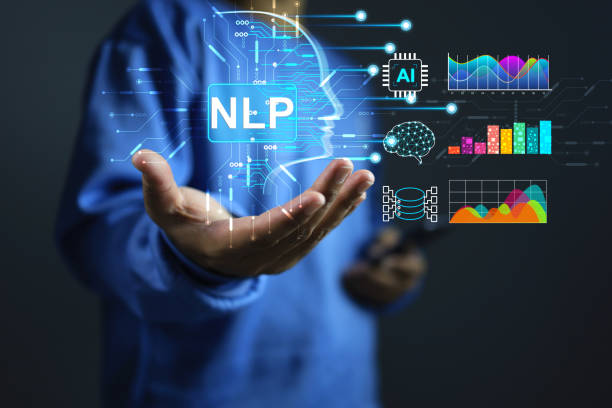
The way developers and operations teams interact with infrastructure and pipelines has undergone a dramatic transformation over the past two decades. DevOps interfaces have evolved from text-based command-line interfaces (CLIs) to intuitive graphical user interfaces (GUIs) and now to natural language interfaces (NLIs) powered by AI. This evolution drives faster CI/CD, deeper automation, and improved collaboration across teams.
1. The CLI Era: Precision and Scriptability
In the early days of DevOps, the command-line interface (CLI) reigned supreme. Tools like Git, Docker, and Kubernetes offered powerful commands:
git commit -m "message"to record code changesdocker runto launch containerskubectl apply -f deployment.yamlto manage clusters
- Scriptability: Seamless integration into shell scripts and pipelines
- Speed: Fast execution for experienced users
- Precision: Full control over every flag and option
Challenges:
- Steep learning curve for new team members
- Error‑prone when typing long commands
- Limited discoverability of features
2. The GUI Era: Visualising Complexity
As DevOps adoption grew, teams sought more accessible interfaces. Graphical user interfaces emerged in tools like Jenkins Blue Ocean, GitLab’s web UI, and Docker Desktop:
- Pipeline visualisations: Drag‑and‑drop job stages
- Dashboard metrics: Live charts for build times, test results, and deployment health
- Contextual menus: One‑click actions for rolling back or scaling services
- Discoverability: Features surface through icons and menus
- Onboarding: Lower barrier for non‑technical stakeholders
- Collaboration: Shared dashboards foster transparency
Challenges:
- Occasional lag compared to CLI speed
- Limited flexibility for advanced customisations
- GUI drift when underlying APIs change
3. The Natural Language Era: Conversational DevOps
Today’s frontier in DevOps interfaces leverages natural language processing (NLP) and AI to create chat‑based and voice‑driven workflows:
- ChatOps integrations: Trigger builds or rollbacks by messaging bots in Slack or Teams
- AI assistants: Use prompts like “Deploy
feature/payment-gatewayto staging, or “Show me failed tests in the last build” - Voice‑driven commands: Pilot experiments with tools that interpret spoken requests
- Accessibility: Non‑developers join conversations with everyday language
- Speed: Quick context switching without remembering exact commands
- Intelligence: AI suggestions surface fixes, performance optimisations, and security patches
Challenges:
- Dependence on AI accuracy and training data
- Security controls around who can trigger critical operations
- Ensuring auditability of conversational logs
4. Key Benefits of Modern DevOps Interfaces
- Faster CI/CD Delivery
Natural language commands and automated workflows accelerate build, test, and deploy cycles by removing friction in handoffs. - Improved Collaboration
Shared GUIs and ChatOps interfaces unite developers, QA teams, security teams, and business teams around a common view of pipeline status. - Enhanced Automation
AI-driven suggestions reduce manual labor, detect anomalies, and recommend optimizations, elevating infrastructure reliability. - Lower Learning Curve
Conversational interfaces and intuitive dashboards onboard new team members quickly, shortening the time to productivity.
5. Best Practices for Adopting Next‑Gen DevOps Interfaces
- Start Small: Pilot ChatOps with low‑risk tasks before extending to production deployments.
- Integrate Security: Enforce role‑based access controls for conversational triggers and GUI actions.
- Log Everything: Archive chat commands and UI actions for compliance and auditability.
- Train AI Models: Continuously feed pipeline data and incident reports into your NLI to improve accuracy.
- Blend Interfaces: Offer CLI, GUI, and NLI side by side so teams can choose the best tool for each task.
6. The Road Ahead: From Text to Intuition
The evolution from CLI to GUI to natural language heralds a future where DevOps interfaces become as intuitive as a conversation. As AI-powered DevOps platforms mature, teams will rely on predictive suggestions to prevent outages, automatic rollbacks when errors occur, and even proactive pipeline optimizations based on usage patterns.
Organisations that embrace these next‑gen interfaces will unlock faster delivery, tighter collaboration, and resilient systems engineered for continuous change.

Leave a Reply